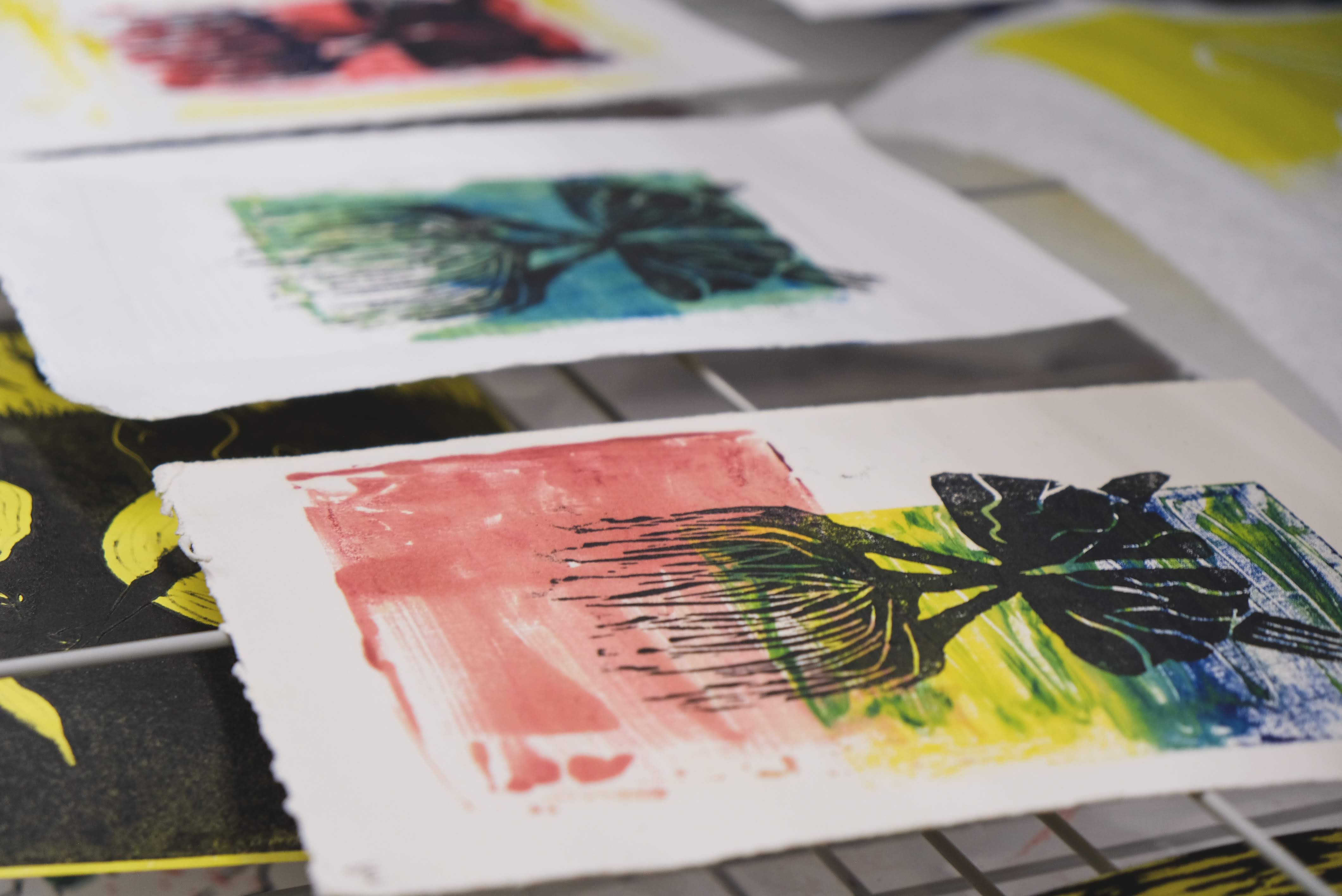Bachelor of Fine Arts (BFA) Studio Art
This immersive program is thoughtfully designed to provide students with a comprehensive education in the fields of studio art and new media, fostering analytical thinking, creativity, and hands-on experiences. The Bachelor of Fine Arts (BFA) in Art and Visual Technology (AVT) is a 120-credit program that caters to individuals who aspire to become professional visual artists or pursue advanced studies in the arts at the graduate level.
Throughout their college journey, students in the BFA program immerse themselves in in-depth study within their chosen path, allowing for a profound exploration of their artistic interests. In addition to completing the university-wide general education requirements and elective courses, students actively engage in a rich array of learning experiences.
The program begins with the Studio Foundations Experience, providing a solid basis in fundamental artistic principles that serve as a springboard for further exploration. From there, students delve into the studio core and research practicum courses, which offer hands-on opportunities to refine their craft, experiment with different artistic techniques, and engage in meaningful creative expression. The study of art history and critical theory complements this practical training, providing students with a contextual understanding of art, its historical roots, and its broader cultural significance.
The BFA program encourages interdisciplinary exploration by offering a diverse range of studio electives. Students have the chance to delve into areas such as Drawing, New Media, Painting, Photography, Printmaking and Book Arts, and Sculpture, enabling them to develop a versatile skill set and embrace experimentation in their artistic practice. This open-minded approach fosters creative growth and allows students to discover their unique artistic voice.
By blending theoretical knowledge with immersive, hands-on experiences, the BFA AVT program equips students with the necessary tools to navigate the dynamic world of contemporary art. This comprehensive education nurtures artistic growth, cultivates critical thinking skills, and instills a sense of professional readiness. Graduates emerge with the confidence to pursue their artistic ambitions, armed with the ability to adapt to evolving artistic landscapes and make meaningful contributions to the arts community. Individual pathways include Studio Art courses in the areas of Drawing, New Media, Painting, Photography, Printmaking and Book Arts, and Sculpture.
Bachelor of Fine Arts (BFA) Graphic Design
This comprehensive program is specifically tailored for students aspiring to pursue a career in Graphic Design, providing them with a well-rounded education that combines theoretical knowledge with real-world experience and professionalism. The Bachelor of Fine Arts (BFA) in Art and Visual Technology (AVT) with a concentration in Graphic Design is a 120-credit program designed to equip students with the necessary skills and expertise to succeed in the field.
Throughout the program, students engage in a variety of courses that emphasize the practical aspects of Graphic Design. They gain a strong foundation in design principles, visual communication, typography, and digital media. Students also have the opportunity to delve into specialized areas such as branding, illustration, user experience (UX) design, and motion graphics.
The Graphic Design program places a significant emphasis on real-world experiences and industry connections. Students are encouraged to participate in internships, collaborative projects, and professional design competitions. These opportunities allow them to apply their skills in real-world settings, build a professional network, and gain invaluable industry insights. The program also incorporates Professional Practice training, which prepares students for the demands and expectations of the graphic design profession, including client communication, project management, and ethical considerations.
In addition to the practical coursework, students explore the theoretical foundations of design, art history, and critical analysis. They develop a deep understanding of design theory, cultural influences, and the historical context of graphic design, enabling them to create meaningful and impactful visual solutions.
The BFA program in Graphic Design strives to nurture students’ creativity, technical proficiency, and professionalism. By combining hands-on experiences, theoretical knowledge, and industry exposure, graduates are well-prepared to enter the competitive world of graphic design and excel in various professional settings, including advertising agencies, design studios, corporate marketing departments, and freelance careers. For course descriptions visit the University Catalog


